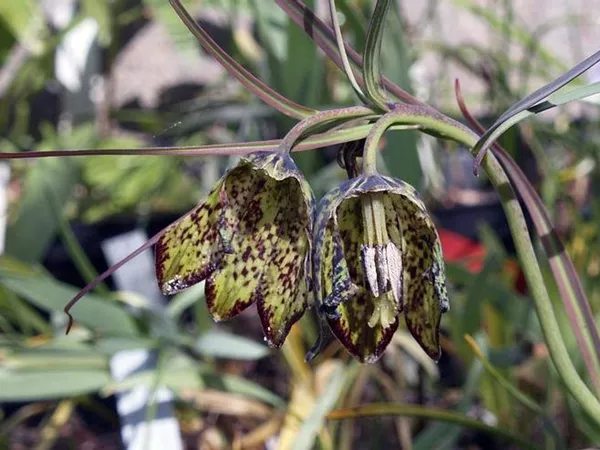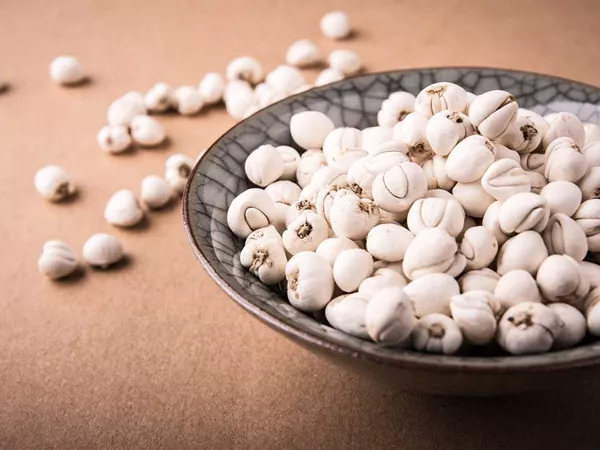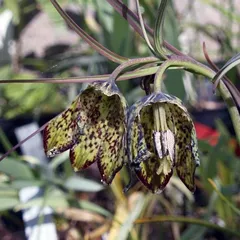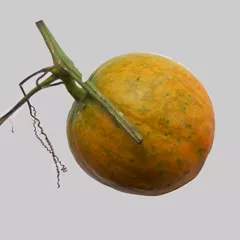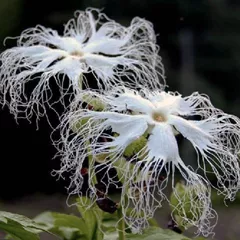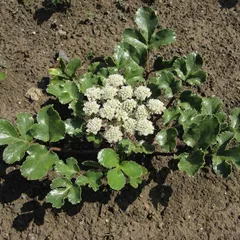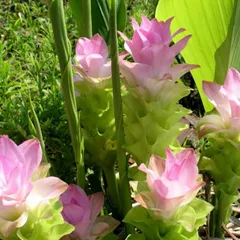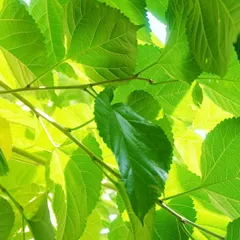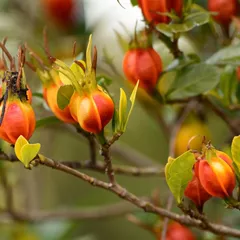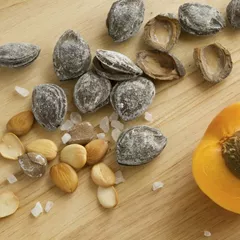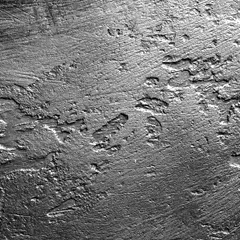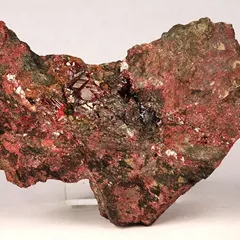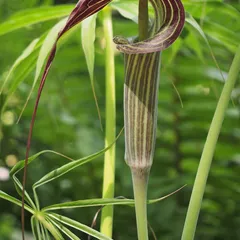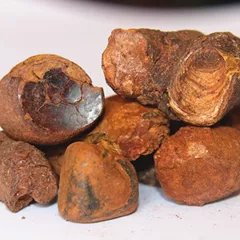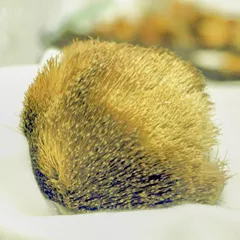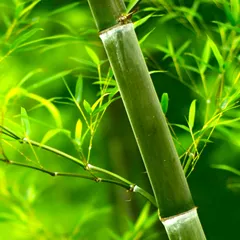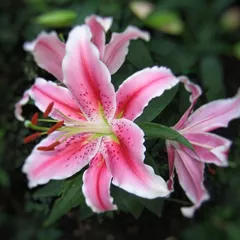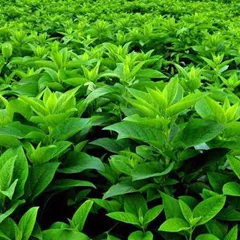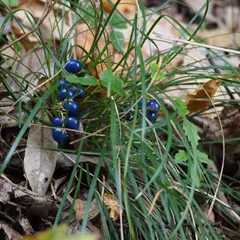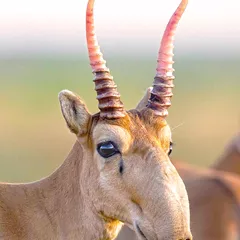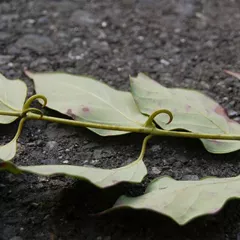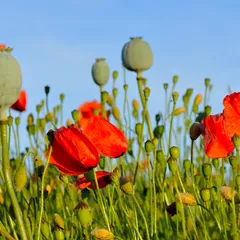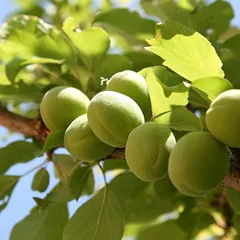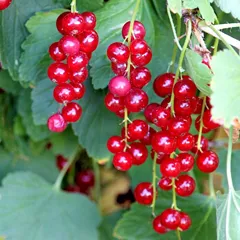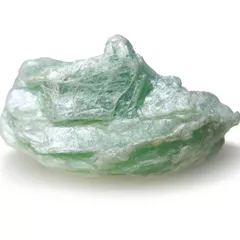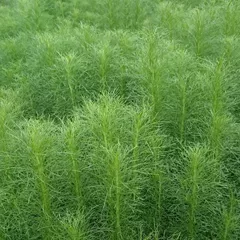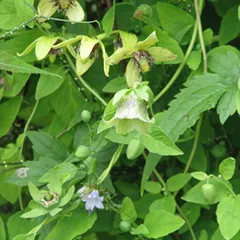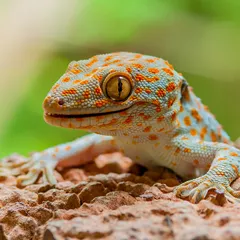Chuan Bei Mu
Chuan Bei Mu
English: Fritillary bulbs
Chinese: 川贝母
Use of Chuan Bei Mu (fritillary bulbs) in TCM
Please note that you should never self-prescribe TCM ingredients. A TCM ingredient is almost never eaten on its own but as part of a formula containing several ingredients that act together. Please consult a professional TCM practitioner, they will be best able to guide you.
Preparation: After harvest remove the roots and rough skin around the bulb, remove the impurities and dry at low temperatures.
Dosage: 3 - 9 grams
Main actions according to TCM*: Clears Hot Phlegm and stops cough. Clears Lung Heat caused by Yin Deficiency. Clears Heat and reduces hard lumps and swellings.
Primary conditions or symptoms for which Chuan Bei Mu may be prescribed by TCM doctors*: Dry cough Bloody sputum Phlegm Scrofula Lung abscess Mastitis Asthma
Contraindications*: This herb should not be used by those with Cold Damp Phlegm conditions
Common TCM formulas in which Chuan Bei Mu is used*
Bei Mu Gua Lou San
Source date: 1732 AD
Number of ingredients: 6 herbs
Formula key actions: Moistens the Lungs. Clears Heat. Regulates Qi. Resolve Phlegm.
Conditions targeted*: PneumoniaPulmonary tuberculosis and others
Chuan Bei Mu is a king ingredient in Bei Mu Gua Lou San. Like the name indicates, it means it has more power than other ingredients in the formula.
In Bei Mu Gua Lou San, Chuan Bei Mu moistens the Lungs, transforms Phlegm, stops coughing and clears Heat by directing Heart fire downward. It treats the pattern of Dry Phlegm in the Lungs.
Qi Ge San
Source date: 1732 AD
Number of ingredients: 8 herbs
Formula key actions: Regulates Qi and removes Stagnation. Moistens Dryness. Transforms Phlegm.
Conditions targeted*: EsophagitisEsophageal diverticulum and others
Chuan Bei Mu is a king ingredient in Qi Ge San. Like the name indicates, it means it has more power than other ingredients in the formula.
In Qi Ge San, Chuan Bei Mu removes Stagnation and transforms Phlegm without causing Dryness.
The combination of the two key herb, Fritillary bulb and Glehnia root effectively invigorates Qi of the Upper Burner when it has become Stagnated by Phlegm.
Sang Xing Tang
Source date: 1798 AD
Number of ingredients: 7 herbs
Formula key actions: Clears and disperses Dryness.
Conditions targeted*: Upper respiratory tract infectionsAcute bronchitis and others
Chuan Bei Mu is a deputy ingredient in Sang Xing Tang. This means it helps the king ingredient(s) treat the main pattern or it serves to treat a coexisting pattern.
In Sang Xing Tang, Chuan Bei Mu cools and transforms Stagnation to prevent Phlegm. It assists one of the key herb Apricot seed in achieving the above goal.
Sheng Tie Luo Yin
Source date: 1732 AD
Number of ingredients: 15 herbs
Formula key actions: Sedates the Heart . Clears Phlegm. Clears Fire. Calms the Mind.
Conditions targeted*: EpilepsyBi-Polar disorder and others
Chuan Bei Mu is a deputy ingredient in Sheng Tie Luo Yin. This means it helps the king ingredient(s) treat the main pattern or it serves to treat a coexisting pattern.
In Sheng Tie Luo Yin, Chuan Bei Mu is bitter, sweet, and cooling. It enters the Upper Burner to clear Heart Fire and clear Lung stagnation.
Hui Chun Dan
Source date: Late 18th century
Number of ingredients: 19 herbs
Formula key actions: Opens the sensory orifices. Arrests spasms and convulsions. Clears Heat and transforms Phlegm.
Conditions targeted*: Acute encephalitisAcute meningitis and others
Chuan Bei Mu is a deputy ingredient in Hui Chun Dan. This means it helps the king ingredient(s) treat the main pattern or it serves to treat a coexisting pattern.
In Hui Chun Dan, Chuan Bei Mu clear Heat and transform Phlegm.
Bai He Gu Jin Tang
Source date: 1573 AD
Number of ingredients: 10 herbs
Formula key actions: Nourishes Lung and Kidney Yin. Lubricates the Lung and clears phlegm.
Conditions targeted*: Chronic bronchitisChronic pharyngitis and others
Chuan Bei Mu is an assistant ingredient in Bai He Gu Jin Tang. This means that it either serves to reinforces the effect of other ingredients or it moderates their toxicity.
In Bai He Gu Jin Tang, Chuan Bei Mu moistens the Lungs, transforms Phlegm, and stops coughing.
Yang Yin Qing Fei Tang
Source date: the 18th century
Number of ingredients: 8 herbs
Formula key actions: Nourishes the Yin. Improves throat. Resolves toxicity. Clears the Lungs.
Conditions targeted*: DiphtheriaTonsillitis and others
Chuan Bei Mu is an assistant ingredient in Yang Yin Qing Fei Tang. This means that it either serves to reinforces the effect of other ingredients or it moderates their toxicity.
In Yang Yin Qing Fei Tang, Chuan Bei Mu moistens the Lungs, stops coughing, and clears and transforms Phlegm Heat. Chuan Bei Mu (Fritillary bulbs), Mu Dan Pi (Mudan peony bark) and Bai Shao (White peony root) together disperse the swelling in the throat and stops the pain.
Ling Jiao Gou Teng Tang
Source date: Qing dynasty
Number of ingredients: 10 herbs
Formula key actions: Cools the Liver. Extinguishes Wind. Increases Fluids. Relaxes the sinews.
Conditions targeted*: EncephalitisMeningitis and others
Chuan Bei Mu is an assistant ingredient in Ling Jiao Gou Teng Tang. This means that it either serves to reinforces the effect of other ingredients or it moderates their toxicity.
In Ling Jiao Gou Teng Tang, Chuan Bei Mu clears Heat and transforms Phlegm.
Jiu Xian San
Source date: Yuan dynasty
Number of ingredients: 9 herbs
Formula key actions: Secures the Lungs. Stops coughing. Augments Qi . Nourishes Yin.
Conditions targeted*: Chronic bronchitisAsthma and others
Chuan Bei Mu is an assistant ingredient in Jiu Xian San. This means that it either serves to reinforces the effect of other ingredients or it moderates their toxicity.
In Jiu Xian San, Chuan Bei Mu stop the coughing, transform Phlegm, and direct the Rebellious Qi downward to calm the wheezing.
It also clears Lung Heat.
Gan Lu Xiao Du Dan
Source date: 1831 AD
Number of ingredients: 11 herbs
Formula key actions: Resolves Dampness and transforms turbidity. Clears Heat and resolves Toxicity .
Conditions targeted*: Acute gastroenteritisEnteric fever and others
Chuan Bei Mu is an assistant ingredient in Gan Lu Xiao Du Dan. This means that it either serves to reinforces the effect of other ingredients or it moderates their toxicity.
In Gan Lu Xiao Du Dan, Chuan Bei Mu clears up-flaring Fire from the Lung Channel and collaterals and assists Blackberry Lily rhizome in clearing the throat.
An Tai Zhu Gao
Source date: 1879 AD
Number of ingredients: 14 herbs
Formula key actions: Strengthens the Qi and Blood. Tonifies the Liver and Kidneys. Calms the fetus.
Conditions targeted*: Restless fetus and others
Chuan Bei Mu is an assistant ingredient in An Tai Zhu Gao. This means that it either serves to reinforces the effect of other ingredients or it moderates their toxicity.
In An Tai Zhu Gao, Chuan Bei Mu clears Lung Heat caused by Yin Deficiency.
Ren Shen Ge Jie San
Source date: 1047 AD
Number of ingredients: 8 herbs
Formula key actions: Tonifies the Qi. Augments the Kidneys. Stops coughing. Arrests wheezing.
Conditions targeted*: Bronchial asthmaEmphysema and others
Chuan Bei Mu is an assistant ingredient in Ren Shen Ge Jie San. This means that it either serves to reinforces the effect of other ingredients or it moderates their toxicity.
In Ren Shen Ge Jie San, Chuan Bei Mu clears Heat, moistens the Lungs, removes Stagnation and transforms Phlegm.
Key TCM concepts behind Chuan Bei Mu's properties
In Traditional Chinese Medicine (TCM), Chuan Bei Mu belongs to the 'Cool herbs that transform Phlegm and stop Cough' category. In TCM Phlegm is a condition of Stagnation of Fluids which tends to start in the Spleen and then goes to the Lungs. If this overly accumulates it thickens and becomes pathological Phlegm. Phlegm, being a form of Stagnation, often starts as being Cool and transforms to Hot as the condition progresses. The herbs in this category are Cold in nature so they treat the later stages of the Stagnation: Hot and Dry-Phlegm with symptoms such as cough, goiter or scrofula.
As suggested by its category Chuan Bei Mu is Cool in nature. This means that Chuan Bei Mu tends to help people who have too much 'Heat' in their body, although with less effect than a plant that would be Cold in nature. Balance between Yin and Yang is a key health concept in TCM. Those who have too much Heat in their body are said to either have a Yang Excess (because Yang is Hot in nature) or a Yin deficiency (Yin is Cold in Nature). Depending on your condition Chuan Bei Mu can help restore a harmonious balance between Yin and Yang.
Chuan Bei Mu also tastes Bitter and Sweet. The so-called 'Five Phases' theory in Chinese Medicine states that the taste of TCM ingredients is a key determinant of their action in the body. Bitter ingredients like Chuan Bei Mu tends to have a cleansing action on the body by clearing Heat, drying Dampness and promoting elimination via urination or bowel movements. On the other hand Sweet ingredients tend to slow down acute reactions and detoxify the body. They also have a tonic effect because they replenish Qi and Blood.
The tastes of ingredients in TCM also determine what Organs and Meridians they target. As such Chuan Bei Mu is thought to target the Heart and the Lung. In addition to regulating Blood flow, in TCM the Heart is believed to be the store of the 'Mind' which basically refers to someone's vitality. In addition to performing respiration, the Lungs are thought in TCM to be a key part of the production chain for Qi and the Body Fluids that nourish the body.
Research on Chuan Bei Mu
Fritillaria cirrhosa may help treat asthma and bronchial inflammations. It has deep inhibitory effects on airway inflammation by suppression of Th2 cytokines (IL‐4, IL‐5 and IL‐13), IgE, histamine production, reduction eosinophilic accumulation and increase of interferon‐γ production.1
Sources:
1. HS Yeum, YC Lee, SH Kim et al. (2007). Fritillaria cirrhosa, Anemarrhena asphodeloides, Lee‐Mo‐Tang and Cyclosporine a Inhibit Ovalbumin‐Induced Eosinophil Accumulation and Th2‐Mediated Bronchial Hyperresponsiveness in a Murine Model of Asthma. BCPT, Volume 100, Issue 3, Pages 205-213

